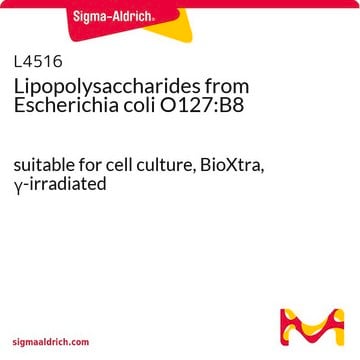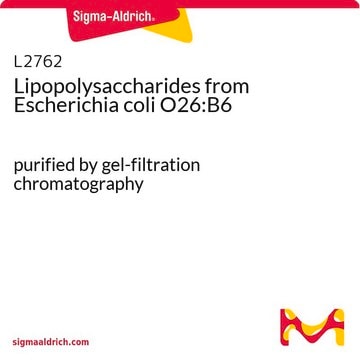The molecular weight of this product is not determined. However, LPS is heterogeneous and tends to form aggregates of varying sizes that may range from 1-4 million or greater. When treated with SDS and heat the molecular weight range is approximately 50 to 100 kDa. The FITC used to prepare this product has a molecular weight of 389.38 g/mol. There are approximately 3.6 ug FITC per milligram LPS in this preparation.
Please see the link below to learn more about Lipopolysaccharides:
https://www.sigmaaldrich.com/technical-documents/protocol/clinical-testing-and-diagnostics-manufacturing/bacteriology/lipopolysaccharides






